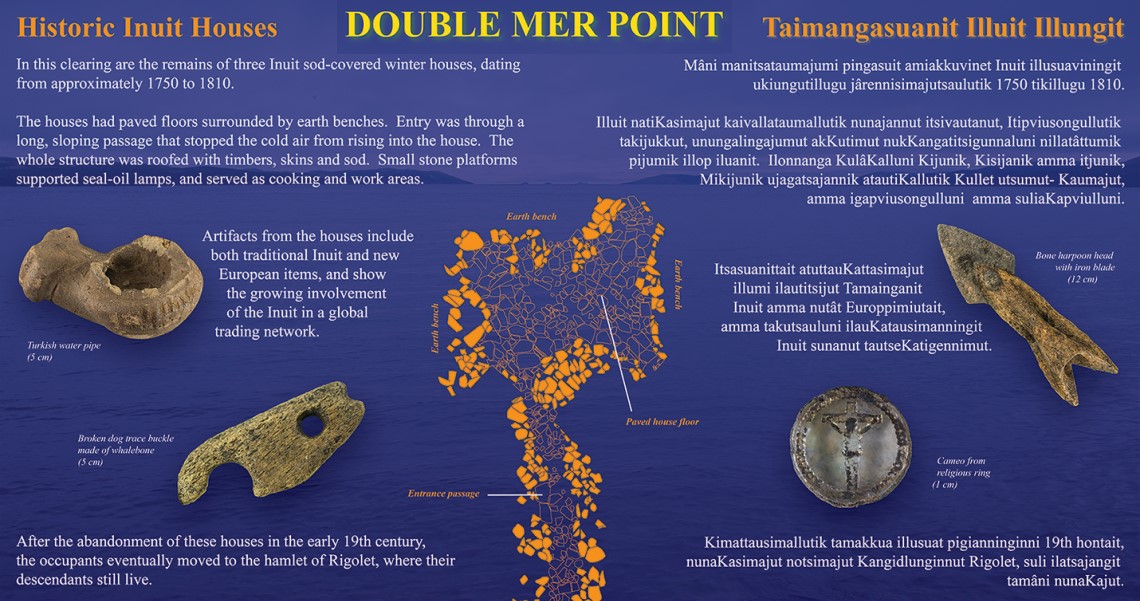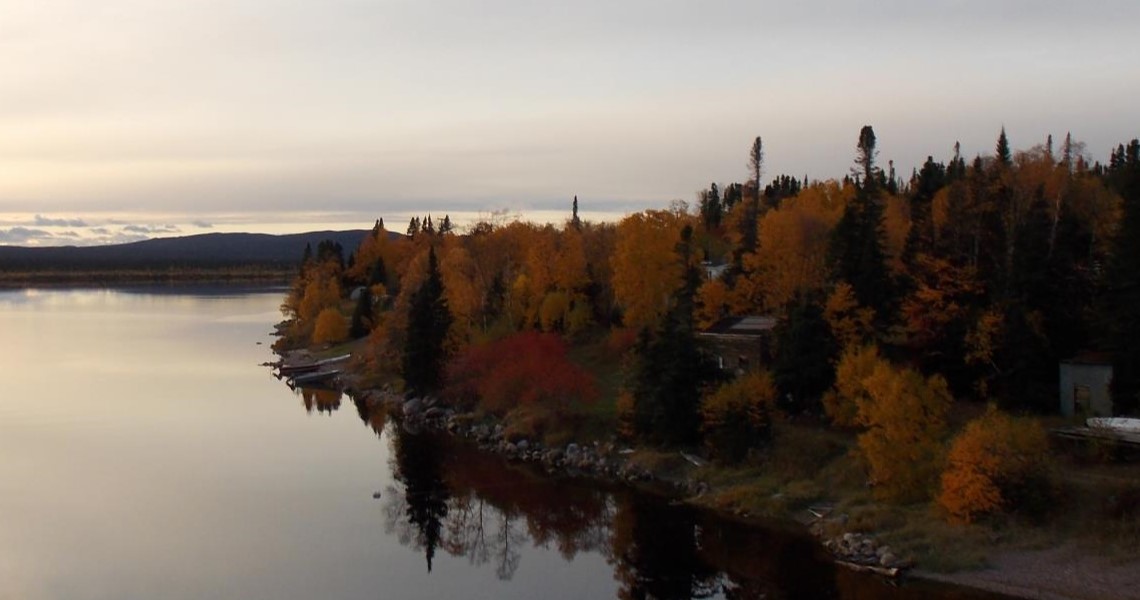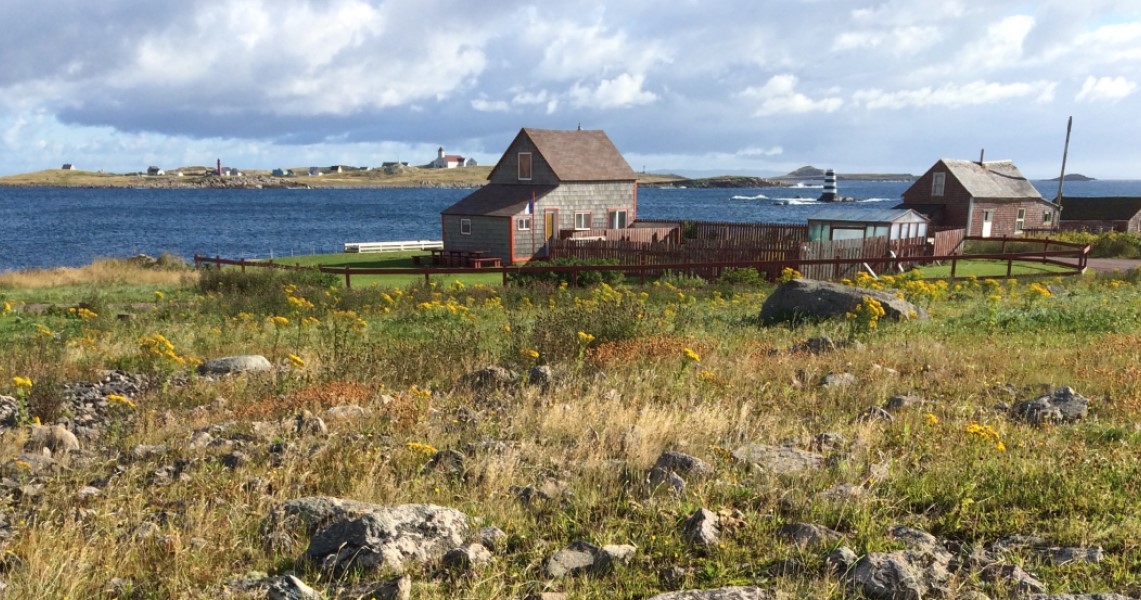
Image source: Photography by Lisa Rankin
For almost two decades Labrador Inuit Archaeological History has sought to incorporate engaged, collaborative practice in response to Inuit requests for archaeological research which benefits communities and contributes to our understanding of Labrador Inuit history over the past 500 years.
Labrador Inuit Archaeological History is an umbrella for a series of locally-driven archaeological research projects undertaken in collaboration with Inuit communities in Labrador and the Gulf of St. Lawrence, including in major interdisciplinary projects with the Nunatsiavummiut of northern Labrador, the Southern Labrador Inuit of NunatuKavut, and Nunamit on the Quebec Lower North Shore over the past two decades. Together, these projects investigate the past 500 years of Labrador Inuit occupation, from their first arrival in Northern Labrador from the Eastern Arctic up into the twentieth century, and focus on issues of cultural interaction, economic sustainability, social change, ethnicity and social-identity. In conjunction with Inuit community scholars and Knowledge Holders, we have conducted archaeological surveys and excavations to investigate the history of the Labrador Inuit, particularly with regard to their complex and dynamic interactions with early European visitors to the coast, and their long-standing involvement in the global economy. Of particular interest to the communities are issues pertaining to the ways in which Inuit throughout Labrador have maintained a strong Inuit identity and a commitment to traditional values, in the face of increasing pressure to conform to more southerly and financially-driven interests, and how this Inuit identity has helped them face changing circumstances and new challenges.

